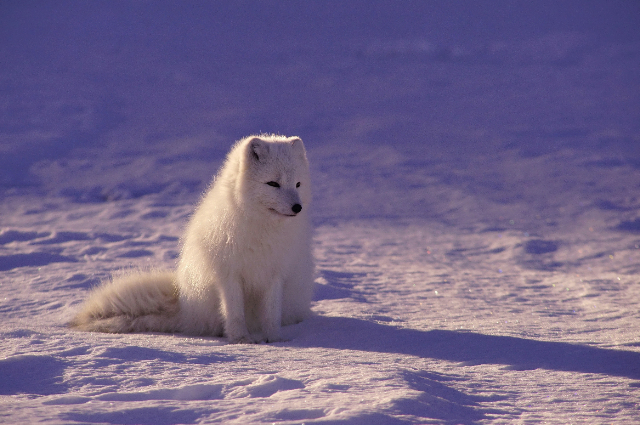
Photo by Jonatan Pie on Unsplash
1. Physical Adaptations
Animals have developed a variety of physical adaptations to aid them in dealing with the demands of their surroundings. For instance, the dense fur of polar bears and Arctic foxes serves as insulation against the cold, while the elongated legs and necks of giraffes allow them to access high branches for food in the Savannah. Likewise, the sleek bodies of dolphins and sharks enable them to navigate through water with ease, and the sizable ears of desert foxes assist in releasing heat in hot climates.
2. Camouflage and Mimicry
Camouflage is a widespread adaptation observed in numerous species, enabling them to blend in with their environment and evade detection by predators or prey. Some examples include the leaf-like coloration of insects and the disruptive patterns of certain fish and reptiles. Mimicry is another type of adaptation in which one species evolves to resemble another, often for protection or to gain an advantage in hunting. A well-known example is the viceroy butterfly, which mimics the appearance of the poisonous monarch butterfly to ward off predators.
3. Behavioral Adaptations
In addition to physical characteristics, animals also display a variety of behavioral adaptations in order to survive in their environments. For example, hibernation is a tactic used by many mammals to conserve energy during times of scarcity, while migration enables birds and other animals to find more favorable conditions as seasons change. Social behaviors, such as cooperative hunting in wolves and communication in bees, are also significant adaptations that improve survival and reproduction.
4. Feeding Adaptations
Animals have developed a range of feeding adaptations to take advantage of various food sources in their surroundings. For instance, anteaters have long, sticky tongues that are specifically designed to extract insects from tight spaces, while birds of prey have sharp beaks that allow them to tear into flesh with accuracy. Certain species, like the platypus, have even evolved distinctive feeding mechanisms, such as electroreceptors in their bills that help them detect prey underwater.
5. Extreme Environment
Some environments pose significant challenges that demand specific adaptations for survival. For example, deep-sea organisms must endure high pressure and lack of light, resulting in adaptations like bio luminescence and elongated bodies with fewer appendages. Similarly, animals inhabiting deserts have developed ways to conserve water, such as extracting moisture from food or storing fat in humps or tails.
6. Evolutionary Arms Race
The process of adaptation is driven by natural selection, in which individuals with traits that are better suited to their environment have a higher chance of survival and reproduction. This ongoing battle for survival results in an evolutionary competition between predators and prey, as each species develops new adaptations in order to gain an edge over the other. Some examples of this include the co-evolution of predator and prey defenses, such as the ongoing competition between cheetahs and gazelles, or the development of mimicry in harmless species to mimic the appearance of venomous ones.
Conclusion
The variety of animal adaptations is evidence of the cleverness of evolution and the incredible strength of life. From the frozen landscapes of the Arctic to the vibrant rain forests of the Amazon, animals have developed an impressive range of characteristics to flourish in their habitats. Through examining these adaptations, we gain an understanding of the intricate relationships between organisms and their surroundings and a greater admiration for the marvels of the natural world.
